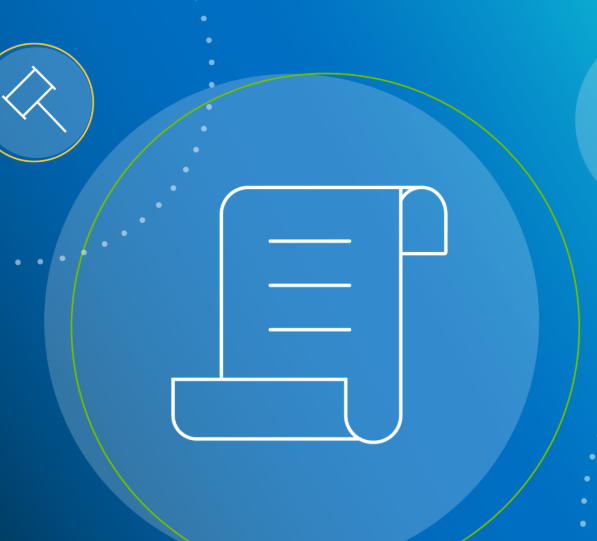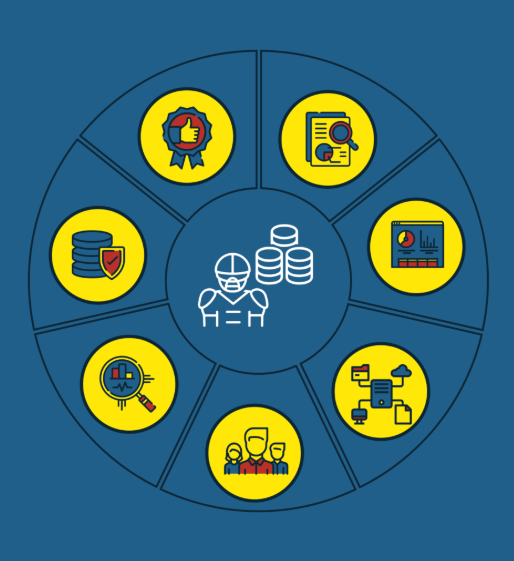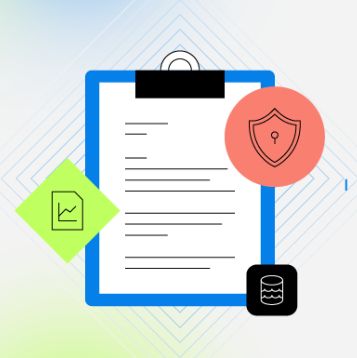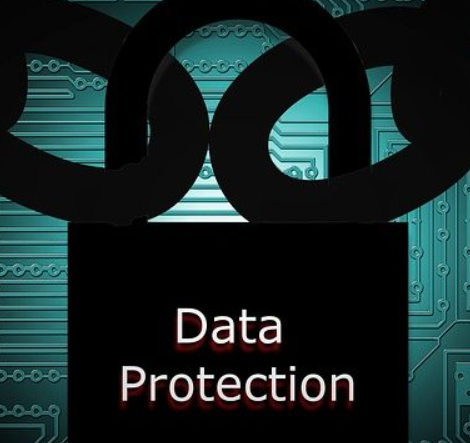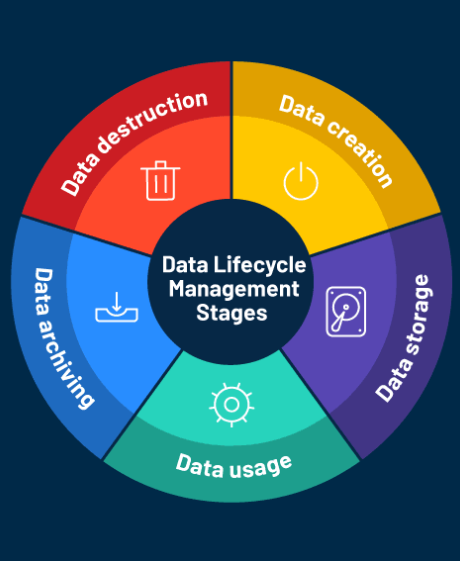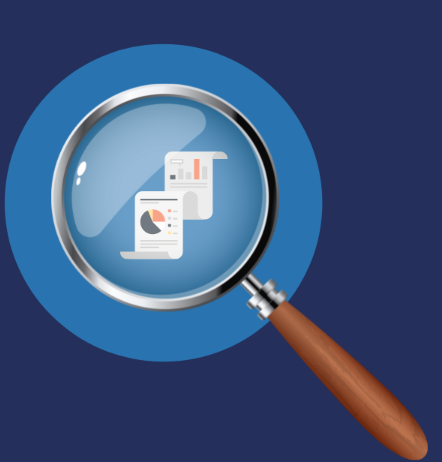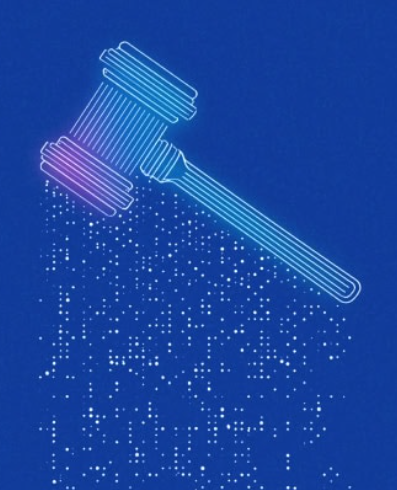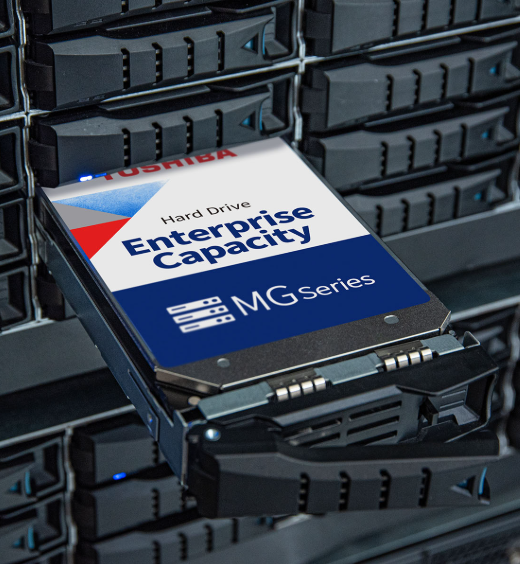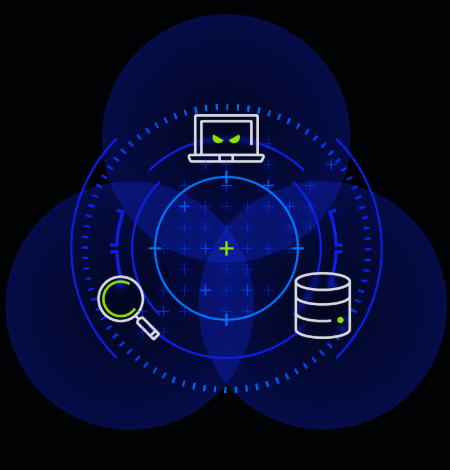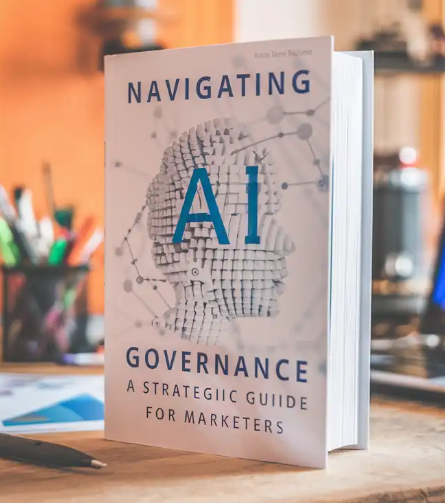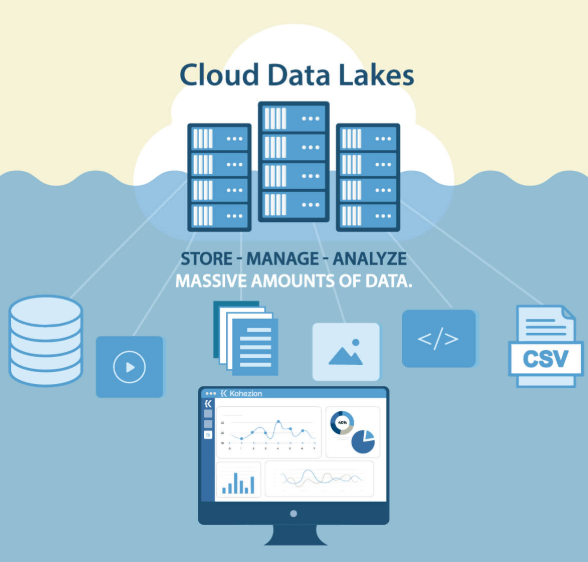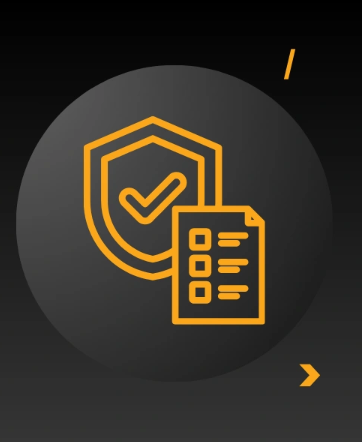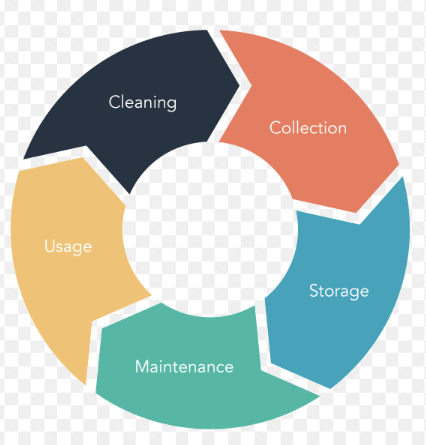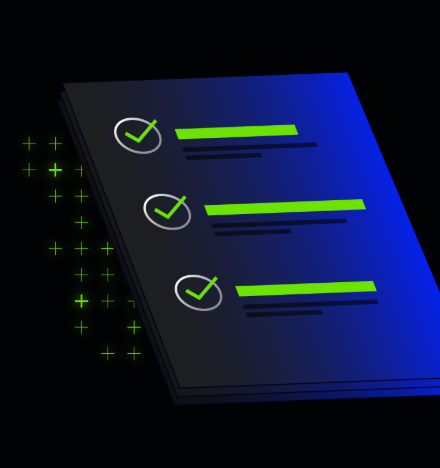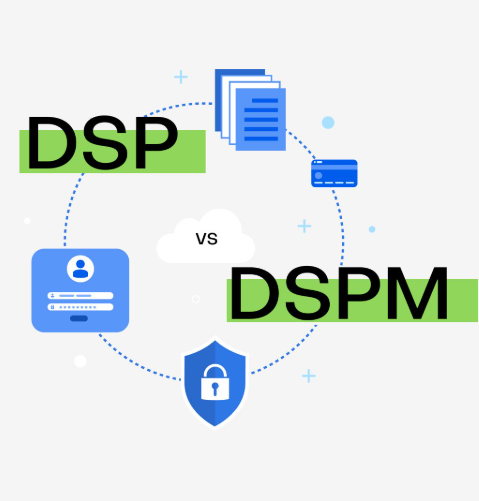
In today’s data-driven world, managing, protecting, and ensuring compliance for sensitive data can seem overwhelming. With businesses facing increasingly complex regulatory requirements and an expanding volume of data, frameworks like Data Security Posture Management (DSPM), Governance, Risk, and Compliance (GRC), and Unified Data Management (UDM) have emerged to help. While all three aim to secure data and ensure compliance, they each serve different but complementary functions. In this post, we’ll break down each of these frameworks and explain how they work together to safeguard your organization’s data.
What is DSPM?
Data Security Posture Management (DSPM) is all about securing sensitive data across an organization’s IT infrastructure. It involves continuously monitoring data access, configurations, and security to prevent data breaches and unauthorized access. DSPM tools provide real-time visibility into data usage and help detect potential vulnerabilities, ensuring compliance with security standards.
Some key features of DSPM include:
- Continuous monitoring of data access and system configurations.
- Detection and mitigation of data-related vulnerabilities.
- Automated alerts for security violations and compliance risks.
DSPM focuses on protecting data directly, making it easier to detect and address security threats before they become significant issues.
What is GRC?
Governance, Risk, and Compliance (GRC) takes a broader, organizational perspective. This framework helps businesses align their governance policies, risk management strategies, and compliance obligations. GRC ensures that an organization adheres to laws and regulations while managing risks and promoting good corporate governance.
Key components of GRC include:
- Governance: Ensuring strong management with clear objectives and ethical standards.
- Risk Management: Identifying and mitigating risks that could affect business goals.
- Compliance: Ensuring adherence to laws, industry regulations, and internal policies.
While DSPM focuses on data security, GRC oversees organizational risk and ensures the company complies with various legal standards such as GDPR, HIPAA, and SOX.
What is UDM?
Unified Data Management (UDM) focuses on organizing and managing an organization’s data across multiple platforms. UDM integrates data from various sources into a unified framework, making it easier to manage, analyze, and utilize. By consolidating data into one accessible system, UDM improves data quality, accuracy, and accessibility for the organization.
Key features of UDM include:
- Centralized data storage from multiple platforms.
- Strong data governance to ensure data is accurate and secure.
- Improved data quality management, ensuring completeness and reliability.
Unlike DSPM, which focuses on security, and GRC, which handles governance and compliance, UDM is all about making data easy to manage and ensuring it can be accessed and used effectively across the organization.
How DSPM, GRC, and UDM Work Together
While each framework has its own focus, they all contribute to a comprehensive strategy for securing data, managing risks, and ensuring compliance. Here’s how they complement each other:
- Data Security and Risk Mitigation: DSPM handles the security of the data itself by identifying vulnerabilities and applying preventive measures. Meanwhile, GRC tackles broader organizational risks and ensures compliance with regulatory standards. UDM ensures that the data is well-organized and accessible, making it easier to monitor and apply security measures.
- Compliance Management: GRC ensures that the organization meets legal requirements, while DSPM ensures sensitive data is protected in line with those regulations. UDM helps maintain data integrity across systems, making it easier to comply with industry standards.
- Data Governance: UDM ensures that data is categorized and properly stored, making it easier for DSPM and GRC to perform their tasks. By having a unified view of data, organizations can better assess risks, maintain compliance, and enforce security policies.
When combined, DSPM, GRC, and UDM create a robust framework for data protection, risk management, and compliance. Together, they provide organizations with the tools needed to safeguard digital assets and maintain a strong security posture.
Conclusion
Data Security Posture Management (DSPM), Governance, Risk, and Compliance (GRC), and Unified Data Management (UDM) are crucial elements of a modern data governance strategy. While they focus on different aspects—security, risk management, and data organization—they all work together to help businesses protect their sensitive data, manage risks, and stay compliant.
Understanding how these frameworks differ and how they can be integrated will enable organizations to implement more effective data protection strategies, ensuring long-term success in a data-driven world.




